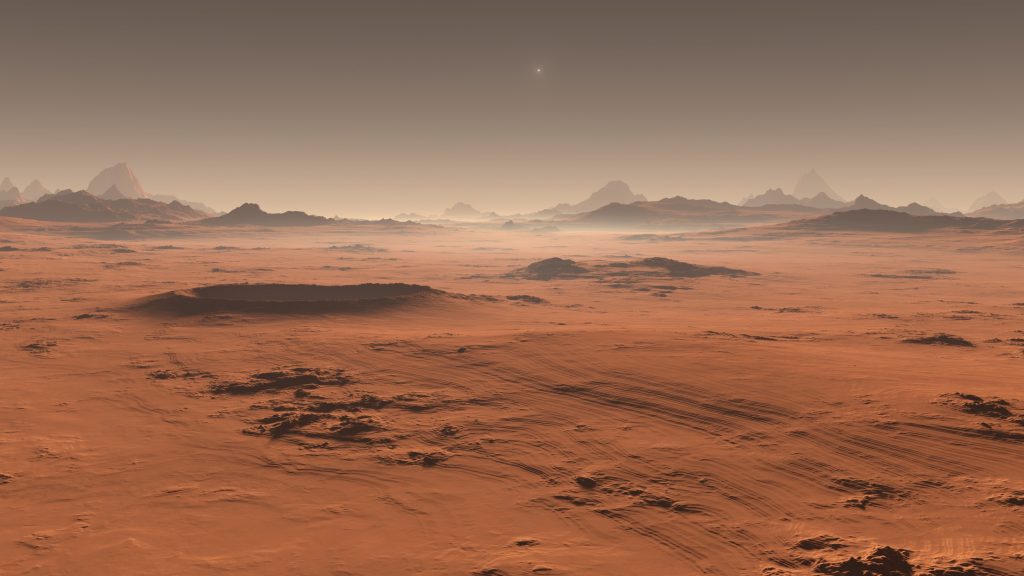According to a new study, there may have been a surprising amount of oxygen in the atmosphere of ancient Mars.
Researchers have known for some time that Mars in the distant past was a friendlier body than it is now: the planet probably had a pleasant climate, an atmosphere rich and dense with carbon dioxide, and its surface was dotted with rivers and lakes. a new one Stady It now shows that ancient Mars may have been more Earth-like than expected IFLScience.
The researchers analyzed data from NASA's Curiosity spacecraft, which is investigating a suspected lake floor in Gale Crater. Experts reported higher than expected levels of manganese oxide in sedimentary rocks, indicating the presence of a strong oxidizing environment.
“Manganese oxide is difficult to form on the surface of Mars, so we did not expect to find it in such high concentrations in coastal sediments,” he said. Patrick Jasdafrom Los Alamos National Laboratory and a member of the team. He added: “On Earth, these types of deposits occur all the time due to high oxygen levels in our atmosphere, resulting from the photosynthesis of life and microbes that catalyze manganese oxidation reactions.”
Life is unknown on Mars, and it is not known how oxygen could be present in the celestial body's atmosphere, which is why the presence of manganese oxide is a mystery. “These results point to larger processes in the Martian atmosphere or surface waters, and show that more work needs to be done to understand Martian oxidation,” Gasda said.
The necessary substances can be created not only biologically, but also, for example, by groundwater moving in the sand. It appears that the environment of ancient Mars was surprisingly similar to Earth's environment today.












































